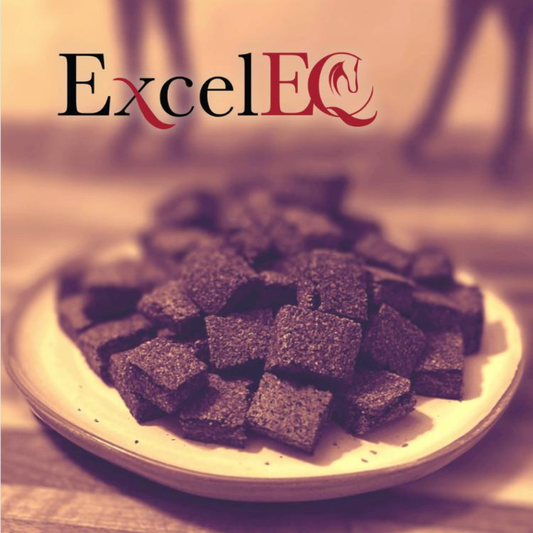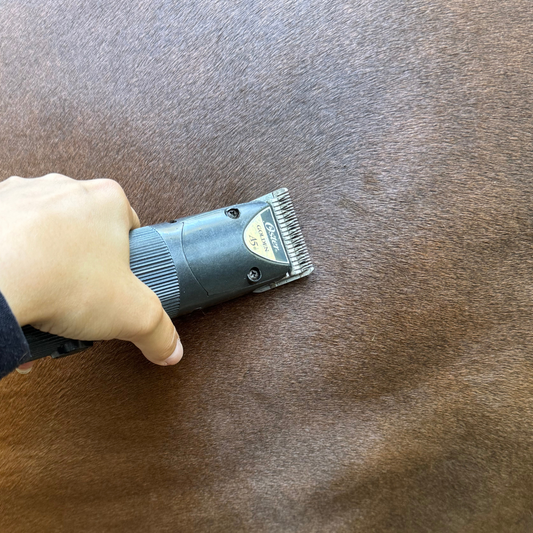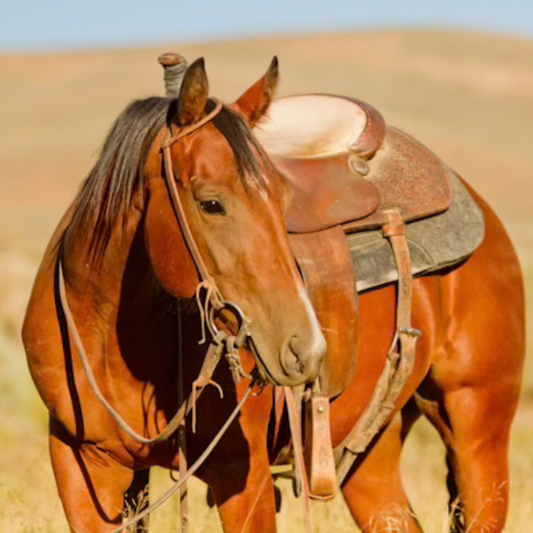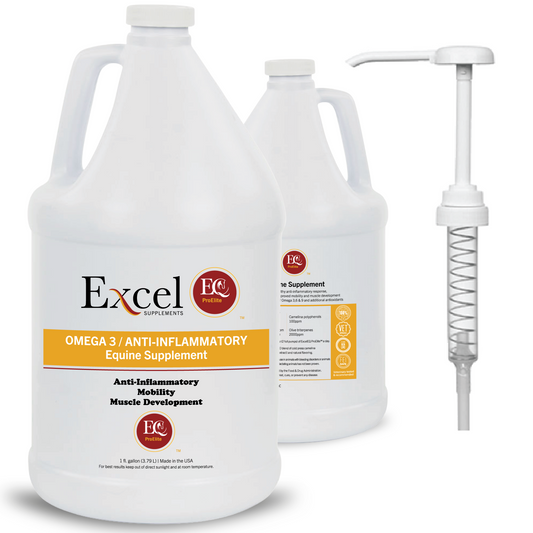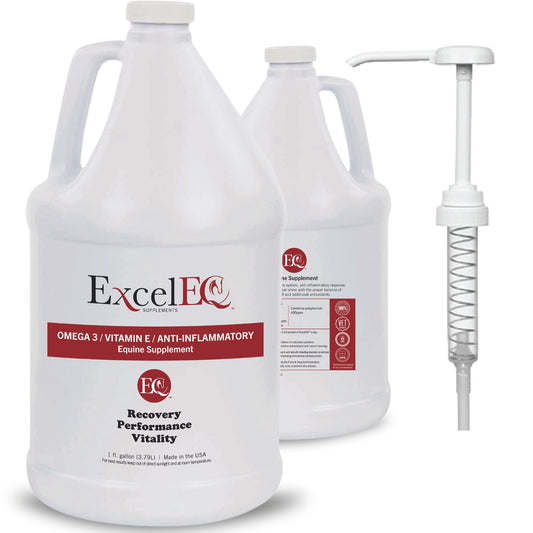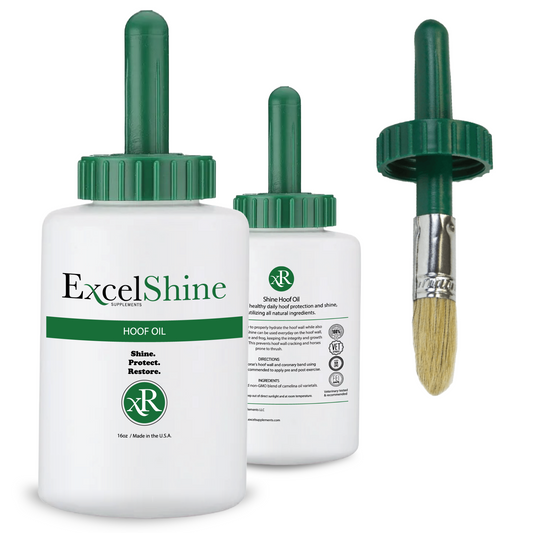A Guide to Understanding Your Horse's Body Condition Score
Share
The Henneke Body Condition Score (BCS) System for Horses
The Henneke Body Condition Score (BCS) is a critical tool for evaluating the fat levels on your horse's body. Developed by Don Henneke in the early 1980s, this universal scale remains a valuable method for assessing a horse's body weight today.
6 Areas Of Fat Deposition On Your Horse
These six areas provide a comprehensive overview of fat distribution across your horse’s body.




Body Condition Score Range: 1-9
The Body Condition Score system assesses fat compared to muscle in each of the six areas listed above. The scale ranges from 1 (poor) to 9 (extremely fat).

BCS 1: Poor
No fatty tissue is detectable; bony structures such as ribs, spine, withers, shoulder, and neck are prominently visible.

BCS 2: Very Thin
A minimal layer of fat covers the base of the spine (areas between 2 and 5). Areas 4-6 are prominent, while areas 1-3 show slight concern.

BCS 3: Thin
The tail head (area 6) is prominent, with the rump and rib cover appearing rounder. A thin layer of fat is present over the ribs, but they remain visible.

BCS 4: Moderately Thin
A noticeable negative crease appears at the base of the spine (between areas 2 and 5), and ribs are faintly visible. The neck, withers, and shoulders are no longer thin (areas 1-3).

BCS 5: Moderate
The tailhead has a spongy layer of fat. Ribs are not visible but can be felt through a thin layer of fat. The withers are rounded, and the neck and shoulders blend smoothly into the horse's body.

BCS 6: Moderately Fleshy
Fat around the tailhead is soft, and rib fat feels spongy. Fat begins to develop behind the shoulders and along the neck and withers.

BCS 7: Fleshy
Ribs can be felt with noticeable fat between them. Fat around the tailhead, neck, withers, and behind the shoulder is more apparent and soft.

BCS 8: Fat
The tailhead is very soft, with a distinct crease along the spine. Ribs are difficult to feel, and the shoulder crease is flush with the body. Noticeable thickening occurs in the neck and fat deposits along the rump.

BCS 9: Extremely Fat
Excess fat bulges around the tailhead, ribs, neck, withers, and shoulders. A prominent crease runs down the back, and fat along the inner buttocks may rub together.

How To Improve Your Horse's Body Condition Score
The ideal body score for a horse is 5. However, many horses fall between scores of 3 and 7. According to a recent study published in the Journal of Equine Veterinary Science, 40% of horses and ponies are considered over recommended weight. Addressing your horse’s BCS is crucial to managing equine obesity.
Adjust Dietary Balance
Balancing your horse’s diet is the first step in adjusting their BCS. Depending on your horse’s current score, they may need to lose or gain weight.
-
For Scores 1-5 (Poor to Moderate Condition): Incorporate balanced Omega-3 and Omega-6 fatty acids, such as those found in Excel ProElite, into a fiber-rich diet to help build healthy fat.

-
For Scores 6-9 (Moderately Fleshy to Extremely Fat): Reduce caloric intake and increase exercise. Avoid feeding large amounts of grains or concentrated feeds in one sitting. Instead, use a ration balancer or low-calorie, low-fat, low-sugar/starch feed in small portions.

Improve BCS with Exercise
Exercise is crucial for horses with a BCS of 6 or higher. Develop a strength-focused workout routine appropriate for your horse’s current condition. Gradually increase the difficulty and stamina of each training session. Remember to incorporate rest days to allow your horse to recover and avoid overtraining.
By understanding and applying the Henneke BCS system, you can effectively manage and improve your horse’s body condition, ensuring their health and well-being.
For updated information on equine care, trending topics and discount opportunities follow us on social!
Follow us on Instagram: @excelsupplements
Keep up to date with us on Facebook: Excel Supplements

